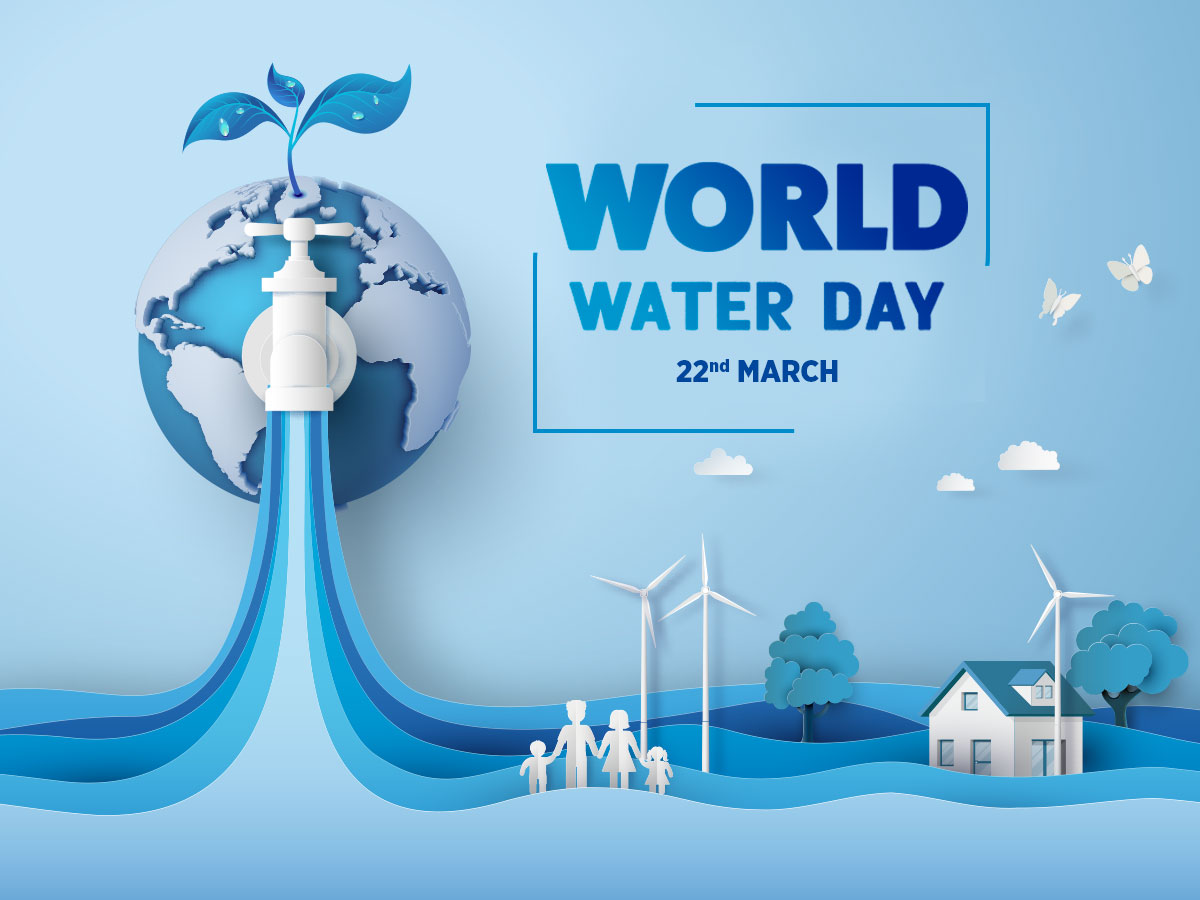
What is Good Food?
If you were to ask a dozen people on the street, what Good Food is, you are likely to get a dozen different answer. This is because food, the liking towards it, the quantum of enjoyment while partaking in it vary vastly from person to person. Since like and dislike plays a vital part in food quality assessment, there is no definite way to judge this. There needs to be a definition of what good food is.
Here is how Soil Association Scotland defines good food.
“Food that’s good for health: lots of fruit and vegetables, fish and wholegrain, less but better quality meat, and a lot less processed food. Good food is even better when shared.
Food that’s good for the environment: in season, sustainably produced, low-climate impact, and the highest animal welfare standards.
Food that’s good for the economy: grown by local producers, prepared by skilled and knowledgeable people paid a fair wage, and supporting a thriving economy.”
Good food need not be healthy food alone, nor can they just be tasty food. Food has to give the body necessary calories, develop strength to counter illnesses, be palatable and be sharable. In reality the definition takes the quality of food beyond the plate. It takes into account the suitability to the environment and climate and even it sustainability of its production and the fair returns it gives to the producers. So that then is the wholesome good food that we ought to partake in. Quite an ask isn’t it? If we go by definitions, every time we feel hungry, we will have to set about ascertaining these criterion are met.
At a macro level we do understand the necessity to have these qualities in the background. Administrators need to ensure that these criterion are met. However it may be a trifle too much for an individual to take all these into consideration, at every meal.
The best way to tackle this may be the three fold way of Moderation, Balance and Recording (MBR). It is a method that can be adopted by anyone at any time. It gives the eater the leeway to have that hearty meal and make good for it over the next meal. It gives you the flexibility to indulge without feeling guilty. And finally it provides you with a ready reckoner to show you what your intake has been and device food plans for the next few days.
Moderation – What you have on your plate is of your choice. You notice that the large dollop of ice cream, you have on your plate is a bit too extravagant. This is where you can practice the restraint or moderation. You could actually take a smaller helping, helping you moderate the consumption, while enjoying the delectable taste.
Balance – Meal balancing is different from the balanced diet your dietician advised. If your lunch, with the dollop of ice cream, was, to your standards a hearty one, it will be a great idea to balance it off with a light dinner, sans the ice-cream.
Record – Make a record of what you had at every meal, including the intermediate snack sessions and tea. It takes hardly 3 minutes and gives you a clear idea of your personal intake. This ready reckoner only requires you to be honest and be ready to believe and act according to the indications that these records give you.
A true example of unhealthy food is the typical Keralite meals. The only Malayalee meal that shows even a semblance of being balanced is the breakfast. But even here we cook vegetables and even fruits, we use oil to fry pooris and flavor dosas. Lunch and dinner are brutal murder of great ingredients. Fish a great food is fried in oil and spiced to be a potential health disaster. Same is the case with all meats. Vegetables are cooked and fried. All this is taken with the Multi-Purpose Flour miracle called parotta. This typical mallu meal will drive a dietician up a wall, but mallus are all doing fine. Ultimately it is your choice to decide what the best food for you is. The techniques like MBR will help you assess it and make slight changes. But if you grew up with fried food, it may be okay to reduce it but definitely not so to stop it abruptly.
Enjoy your dinner.
This blog has taken data from various studies and research work.




